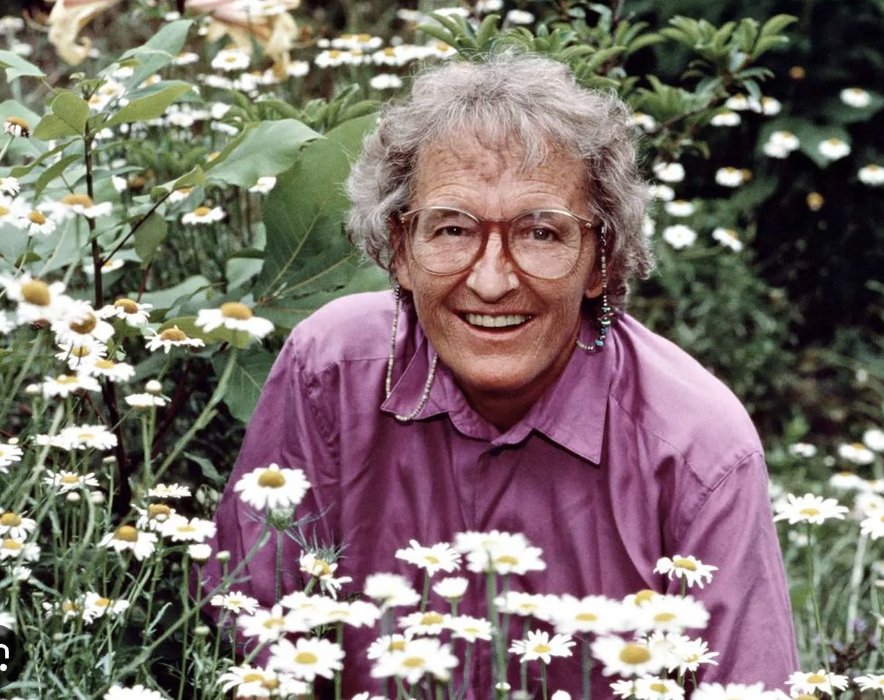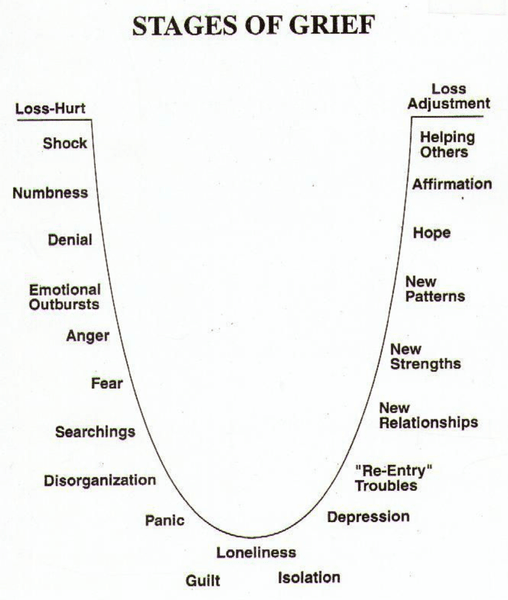Sublime
An inspiration engine for ideas
On Death and Dying: What the Dying Have to Teach Doctors, Nurses, Clergy and Their Own Families
amazon.com
Dr Elisabeth Kübler-Ross,
Howard Sasportas • The Twelve Houses: Exploring the Houses of the Horoscope
Most known for identifying the five stages of grief experienced by those dealing with death (denial, anger, bargaining, depression, and acceptance),
Katherine Woodward Thomas • Conscious Uncoupling: 5 Steps to Living Happily Even After
What the 5 stages of grief are, and how to get through them | CNN
cnn.com
A morte é um dia que vale a pena viver: EDIÇÃO BRASILEIRA (Portuguese Edition)
amazon.com
It is an incredible privilege to be with someone who is making this journey into the eternal world. When you are present at the sacrament of someone’s death, you should be very mindful of their situation. In other words, you should not concentrate so much on your own grief. You should rather strive to be fully present to, with and for the person
... See moreJohn O'Donohue • Anam Cara: 25th Anniversary Edition


Most people are at least conversationally familiar with the Kübler-Ross model of the five stages of grief: denial, anger, bargain, depression, and acceptance. This model describes a consistent set of elements in a very human experience. At the same time, Kübler-Ross pointed out